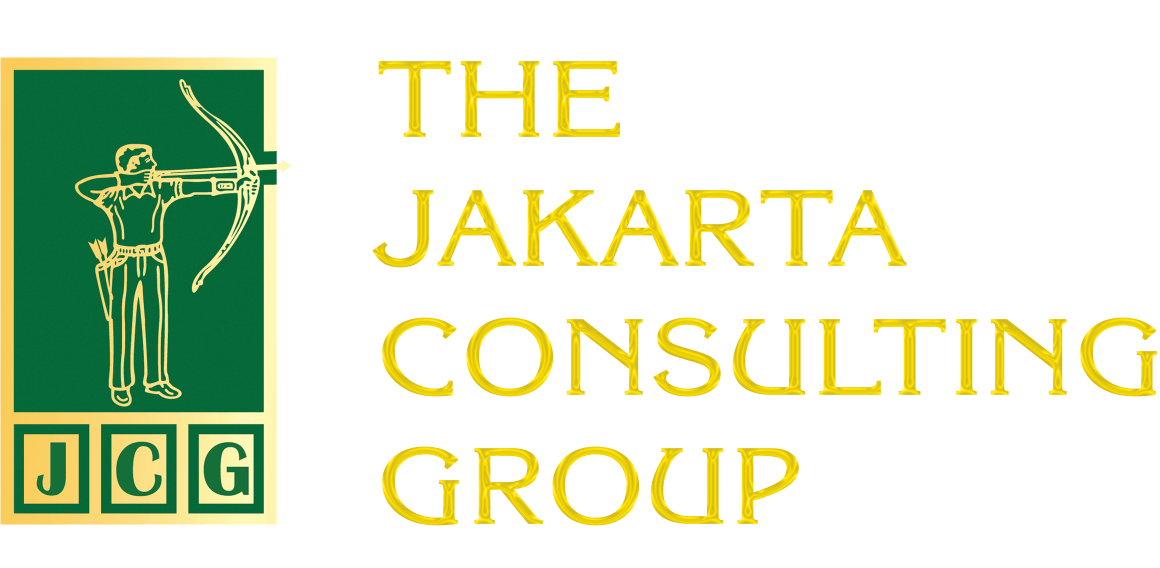Blind Hiring: Reducing Bias in a Recruitment Process. One of the recruitment methods that many companies are currently using is blind hiring. What is blind hiring? Through this method, a candidate’s personal identity such as name, gender, educational background is not taken into consideration during recruitment. The goal is for the organization to focus more on the candidate’s qualifications and skills rather than personal identity. With this method, at least bias in recruitment can be reduced.
This is different from conventional recruitment. In conventional recruitment, companies pay attention to personal matters, such as gender, ethnicity, socio-economic background, education, and even age (although this does not mean that competence is ignored). In fact, such personal identities often have nothing to do with the required competencies. For example, is a younger employee necessarily more competent than a younger one? The answer: not necessarily. The same goes for education. Indeed, there are certain jobs that absolutely require education in certain fields as well. Doctor for example. However, many are not. This means that the educational qualifications for many jobs can be more flexible.
So, what are the benefits of this blind hiring method? The main one, as mentioned above, is that it reduces bias. Bias is the tendency to favour or oppose one thing, person, or group over another in an unfair way. This bias arises from the tendency of people, including recruiters, to prefer attracting candidates who are similar, whether in terms of gender, ethnicity, creed, alma mater, educational background, and so on. With blind hiring, recruiters strive to be more objective, regardless of whether candidates are similar to themselves or not. Recruiters will concentrate more on the candidate’s competencies and the company’s needs.
If bias can be reduced, in turn, perspectives within the company will be richer. Creativity, innovation and problem-solving skills will increase. Studies show that teams with heterogeneous members perform better than homogeneous teams.
Blind Hiring: Reducing Bias in a Recruitment Process
Implementing blind hiring also demonstrates the company’s commitment to fair hiring practices. Employer branding will be more effective. Employer branding is an effort to make employees more comfortable and at home working in the company.
Employees who are already part of a company that practices blind hiring will be more proud, satisfied, and motivated because their presence in the company is solely a factor of competence, not anything else. This can be attractive to talents from diverse backgrounds who value a fair workplace.
Another advantage is cost savings. This is realized when companies truly focus on competencies and relevant experience when hiring employees. Thus, companies do not need to spend too much on training.
Not Always Bad
However, blind hiring is not without its challenges. First, there are many personal identities that a person has. It is impossible to hide them all. Eventually, they will be detected. It is when detected that the possibility of bias is prone to reappear. In other words, it is very difficult to be truly objective (though not impossible). This is especially true during the later stages of hiring, rather than the early stages.
Blind hiring can also take up more of the company’s time. Sometimes, blind hiring requires significant effort. This can be time-consuming for the company.
Considering a candidate’s personal identity in the hiring process is not always a bad thing. It may be necessary when the company operates in a specific cultural or geographical context for example. Or the company produces products or services that are aimed at a specific market, such as those with certain beliefs or values. In this case, it is in the company’s interest to know whether the employee’s personal beliefs or values align with the company’s product identity. The downside of blind hiring is that it ignores this alignment.
Blind hiring may be less effective for jobs that require above-average interpersonal skills and communication skills. For such jobs, the company inevitably has to interact with the candidate. In these interactions, the revelation of more personal identities is impossible to prevent. Blind hiring will be more effective for jobs that emphasize technical skills (at least in the early stages of recruitment).
If a company wants to implement blind hiring, training for the employees involved is essential, especially on hiring bias and its effects. This training can also help create a culture of inclusivity and fairness.
In blind hiring, don’t forget about technology. There are automated systems that can remove identity details from resumes or CVs, allowing recruiters to concentrate on qualifications and competencies. Technology certainly eases the implementation and helps minimize blind hiring mistakes.
Blind Hiring: Reducing Bias in a Recruitment Process
Category: Human Capital & Talent Management
#recruitment #blind hiring #qualifications #personal identity #bias #perspective #employer branding










